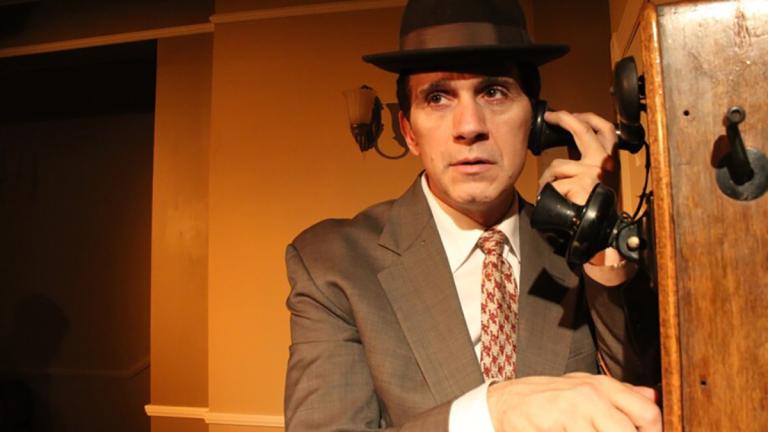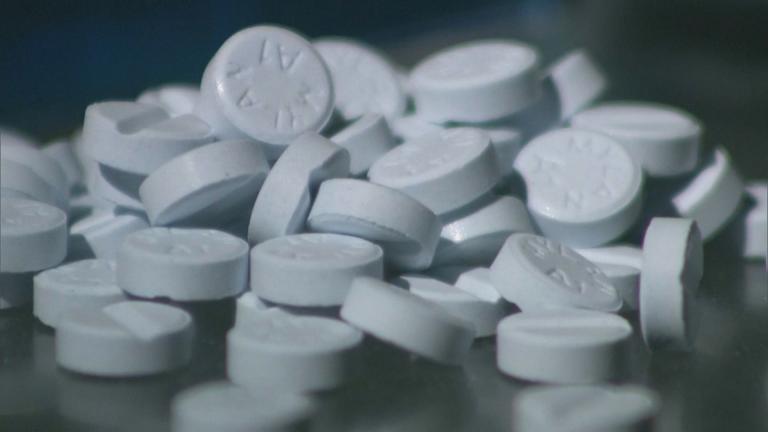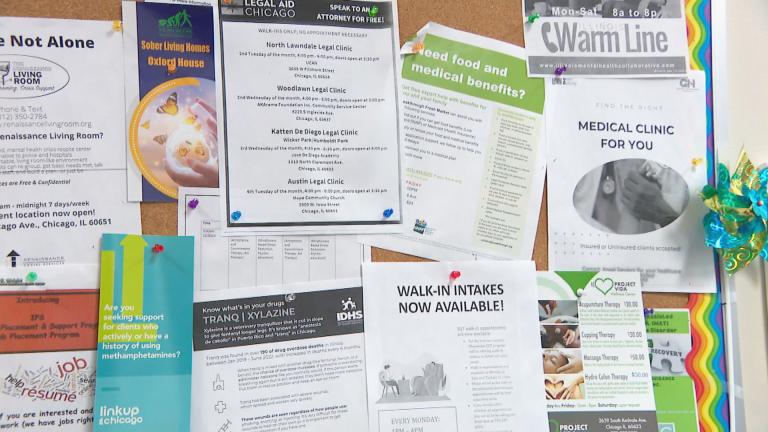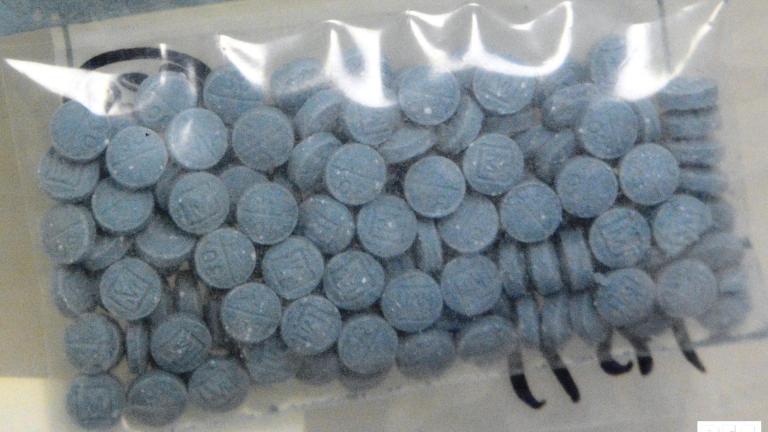With the new year comes new resolutions.
One of those resolutions gaining popularity is to quit drinking alcohol for the month of January — a practice known as Dry January.
It coincides with an increase in drinking-related deaths as well, according to Dr. Elisabeth Poorman, assistant professor of medicine at the University of Illinois Chicago.
The number of deaths involving alcohol increased by about 25% between 2019 and 2020, according to a study published by the American Medical Association.
What is Dry January?
It’s a move to stop drinking after a possible heavier scene around the holidays, Poorman said. Having the designated month also might lead to less pushback from people about the change, she added.
“It’s a way for them to evaluate their relationship with alcohol and its impact on their life,” Poorman said.
Are more people participating?
A total of 35% of legal-aged U.S. adults skipped alcohol for the entirety of January in 2022 —that’s an increase from 21% in 2019 according to food and drink research firm CGA.
Cristina Torres, owner and founder Bendición Dry Bar, said she’s also seen an increase. She owns a non-alcoholic bottle shop in Humboldt Park, selling non-alcoholic spirts, beer, wine and canned cocktails. She’s expecting an increase this month as more people explore not drinking —and possibly some of those costumers to continue coming.
“In dry January what happens is that people start noticing positive changes in their lives or even within their body, mental health so they either decide to stop drinking altogether or to cut back,” Torres said.
Plus, she said there’s not much of a dry bar scene in Chicago. But there are more bars that are trying to meet the growing demand for non-alcoholic drinks outside of water or club soda, she added.
What are the health benefits of participating?
Thirty days is a great amount of time to try and break out of a habit, Poorman said. Within the span of a month, she said a person might be able to notice better sleep and an improved mood and energy level. Blood pressure levels can also lower and participants could possibly see a change in their weight, she added.
However, if someone notices alcohol withdraw symptoms like seizures or hallucinations, they should seek medical care.
What are some drink options?
Torres said her store carries non-alcoholic spirits that imitate the taste of actual alcohols — like a zero-proof whiskey or rum that can be used with actual cocktail recipes. There are also a variety of non-alcoholic beers and canned cocktails available, she added.
“There are so many options and it’s so interesting to see how close we’ve gotten to actually replacing the taste of alcohol,” Torres said.







